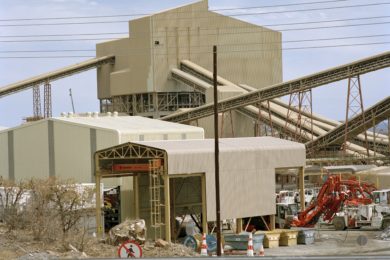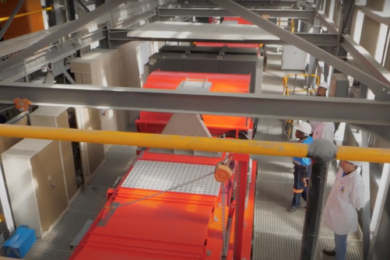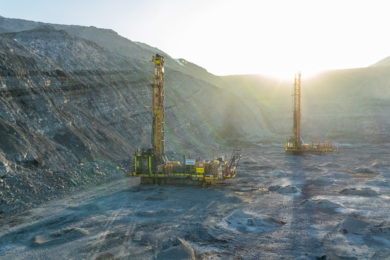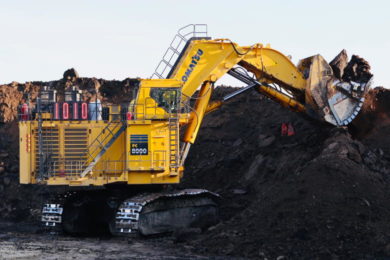Diamond processing technology specialist DebTech is assisting South Africa’s largest diamond mine to optimise its plant throughput by re-concentrating the product from the dense medium separation (DMS) stage, with the recent delivery of its X-ray Transmission (XRT) sorter.
The XRT Coarse Concentrator sorting unit was delivered earlier this year to De Beers’ Venetia mine in Limpopo province, and commissioning took place during November. The unit’s modularised configuration, where all elements of the system are designed to fit into two 6-m containers, makes for optimal assembly and testing under factory conditions, efficient transportation, and quicker commissioning on site.
DebTech’ S XRT technology has been specifically designed to provide an alternative to a high yielding DMS plant. This is especially important where the high yield causes plant bottlenecks further down the process.
“High yielding DMS can overwhelm the next stage in the treatment process – the recovery plant,” says DebTech head Gordon Taylor. “A valuable role that the XRT sorter can play is to re-concentrate the coarse and the middles DMS product. The significantly lower yield from the XRT sorters allows these size fraction to bypass the traditional recovery stage, thereby freeing up more capacity in the recovery plant to the treat the finer size fraction.”
Featuring a dual-energy XRT detector and a robust air ejector system, the XRT unit has a user-friendly, menu-driven control interface and full maintenance support that employs remote diagnostics.
“Not only is the XRT technology able to identify the diamonds, but the X-ray images captured also allow the machine to provide online carat estimates and stone count values in real time,” says Taylor. “This makes a big difference to mining and plant operations, especially in segments like marine diamond mining where the first installation of this XRT technology was done some five years ago.”
“The quality of the X-ray images means that, if a diamond comes through the system, the user gets more than just a digital signal that an object was ejected,” he says. “Rather, from the digital image they can get a size measurement of the diamond. This can give the mining vessel manager an immediate online carat count and size frequency analysis, providing important information that would otherwise only be available after the samples are lifted off the ship and flown back to land to be sorted.”
All diamond types can be recovered – from low luminescent Type II to yellow and boart – and at a yield significantly less than conventional techniques.










